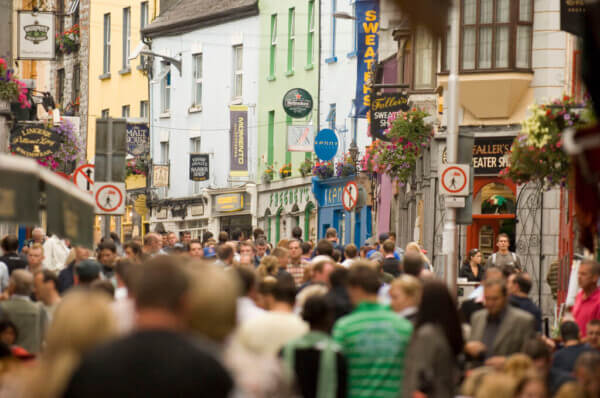The results from the Condé Nast Traveller Reader Travel Awards 2020 revealed Galway is the friendliest city in Europe.
This news page contains affiliate links and I may earn compensation when you click on the links at no additional cost to you.
The second-friendliest city is Dublin.
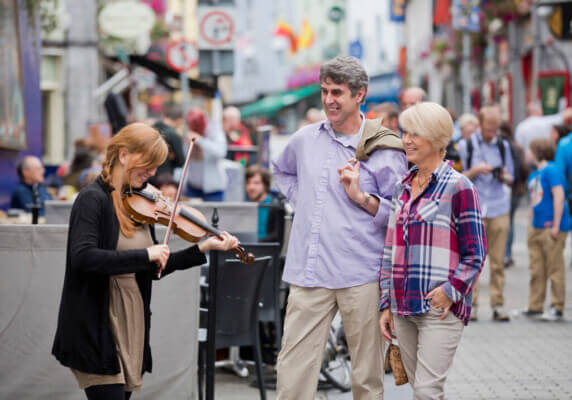
The other cities that were on the top list include Valletta, Malta; Oporto, Portugal; Lisbon, Portugal; Bologna, Italy; Edinburgh, U.K., Reykjavik, Iceland; Athens, Greece; and Helsinki, Finland.
If you’re eager to discover more about Galway, the friendliest city in Europe, the following attractions will give you an in-depth look at one of Ireland’s most engaging cities.
Experience Four Great Irish Cities (Including Galway) with Aer Lingus Vacations
Eyre Square
This is the heart of Galway City and is officially known as the John F. Kennedy Memorial Park in honor of the late President Kennedy who spoke to over 100,000 Galwegians during a 1963 visit to the city.
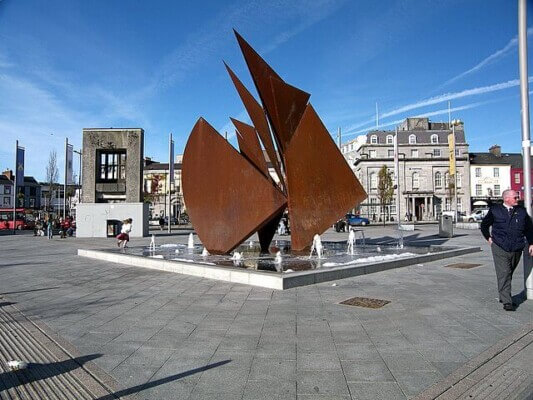
The square has a history that goes back to medieval times when markets took place on the green in front of its town gates.
In 1710, Mayor Edward Eyre officially presented the park to the city.
When you visit, be sure to look out for the freestanding Browne family mansion doorway, the former entrance to the Browne house that stood in the city in 1627.
It was removed from its original location in 1905.
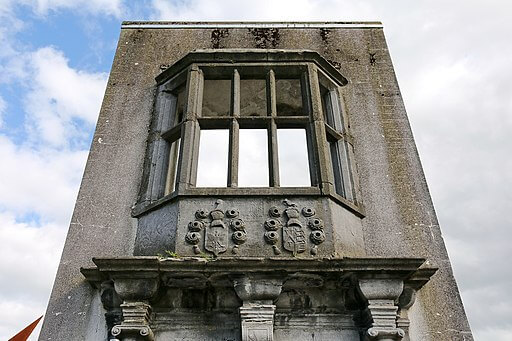
The doorway includes rich architectural details, including the coat of arms of the two most influential families in Galway, the Brownes and the Lynches.
Other fixtures in the park include the Quincentennial fountain from 1984, a representation of the traditional fishing boats known as the Galway Hooker.
The Spanish Arch
No visit to Galway is complete without visiting the Spanish Arch, an extension of Galway’s medieval city walls originally built by the Normans.
In the 12th century, the walls began at Martin’s Tower and ended at the River Corrib.
The idea was to protect the city’s quays, which were in an area known as the Fish Market, now known as Spanish Parade.
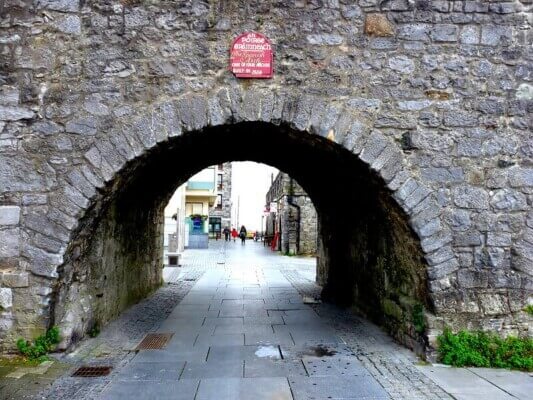
The name “Spanish Arch” is likely connected to the robust trade that existed between Galway and Spain, with ships carrying mostly wine and spices to Galway.
So great was the city’s connection to Spain that legend has it Christopher Columbus stopped in the city in 1477 before discovering North America.
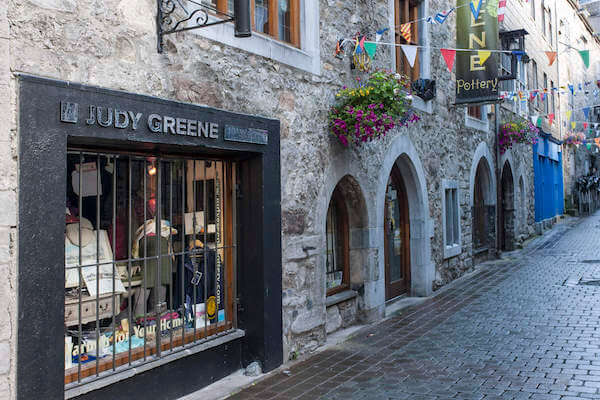
In 1755, the Spanish Arch was partially destroyed by a tsunami.
Today, the Spanish Arch, which is part of the city’s Latin Quarter, is a popular spot for buskers. It is also close to the Claddagh, an old fishing community that was situated outside the city walls.
Hall of the Red Earl
This ancient site, excavated in 1997, is the remains of Galway’s first municipal building and was used to collect taxes, dispense justice, even host banquets.
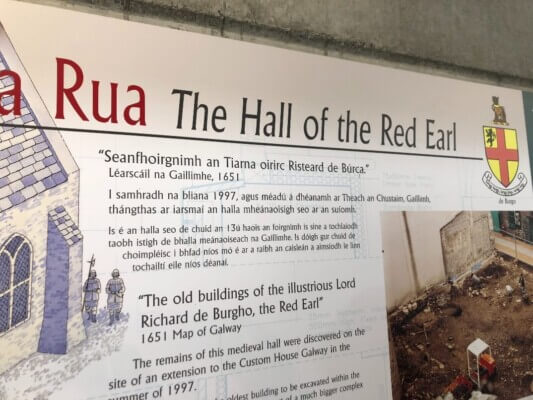
It is named after the powerful Richard Óg de Burgh, the 2nd Earl of Ulster and the 3rd Baron of Connaught.
He was more commonly known as the “Red Earl.”
Over 11,000 artifacts were uncovered during the excavation. Some of them are on display at the site.
Lonely Planet listed the Hall of the Red Earl as one of the top attractions in the city. It is open year-round and is free to visit.
Galway City Museum
What began as a residual collection of medieval stones from throughout the city is now a repository of artifacts and information covering its history from 1800 to 1950, which is housed on three floors of a building on Merchant’s Road.
When you get to the Galway City Museum you can’t miss the images of the Galway Hooker fishing boat, which is synonymous with the Galway maritime industry.
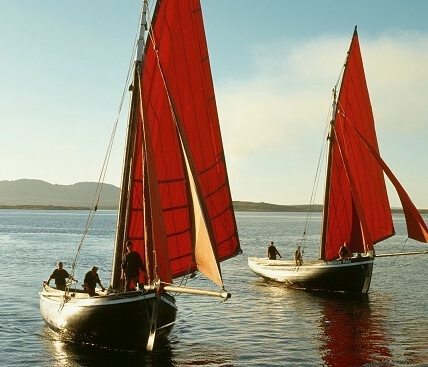
The small boats were used extensively during the 19th century and even in the early part of the 20th century.
The vessels, with their distinctive rust-colored sails, are still used today but mostly by hobbyists.
The museum caters to seven permanent exhibitions and two temporary ones.
Some of them include “Pádraic Ó’Conaire: Man & Statue,” “Revolution in Galway, 1913-23,” “The Galway Hooker,” “Sea Science,” and “Keepers of the Gael.”
You can find out more on the museum’s website. You can also take a virtual tour.
St. Nicholas’ Collegiate Church
This very interesting church is definitely worth visiting if you are slightly interested in the fact that Columbus is thought to have worshipped here at one time.

St. Nicholas’ Collegiate Church is in fact the largest medieval parish church in Ireland that serves as a continuous place of worship.
Dedicated to St. Nicholas of Myra, the patron saint of children who was known for his secret gift-giving (associated with the modern-day Santa Claus), this old church is a true receptacle of Galway history.
There are several monuments in the church, including one of Galway’s Jane Eyre (nothing to do with the novel or the fictional character created by Charlotte Brontë).
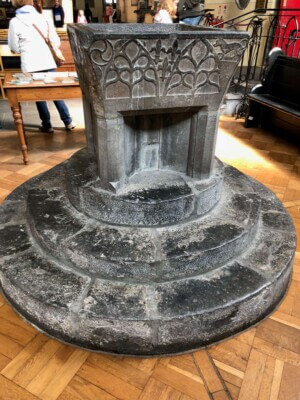
Its baptismal font is 400 years old. Also, of note is the Lepers’ Gallery, perched high above the north aisle.
The name is, however, a bit misleading as no sufferers of the disease were allowed into medieval Galway around the time that the church was built in 1320.
Perhaps one of the sadder parts of the church’s history was when in 1652 Oliver Cromwell and his troops desecrated the church, damaging statues and using it as a stable.

